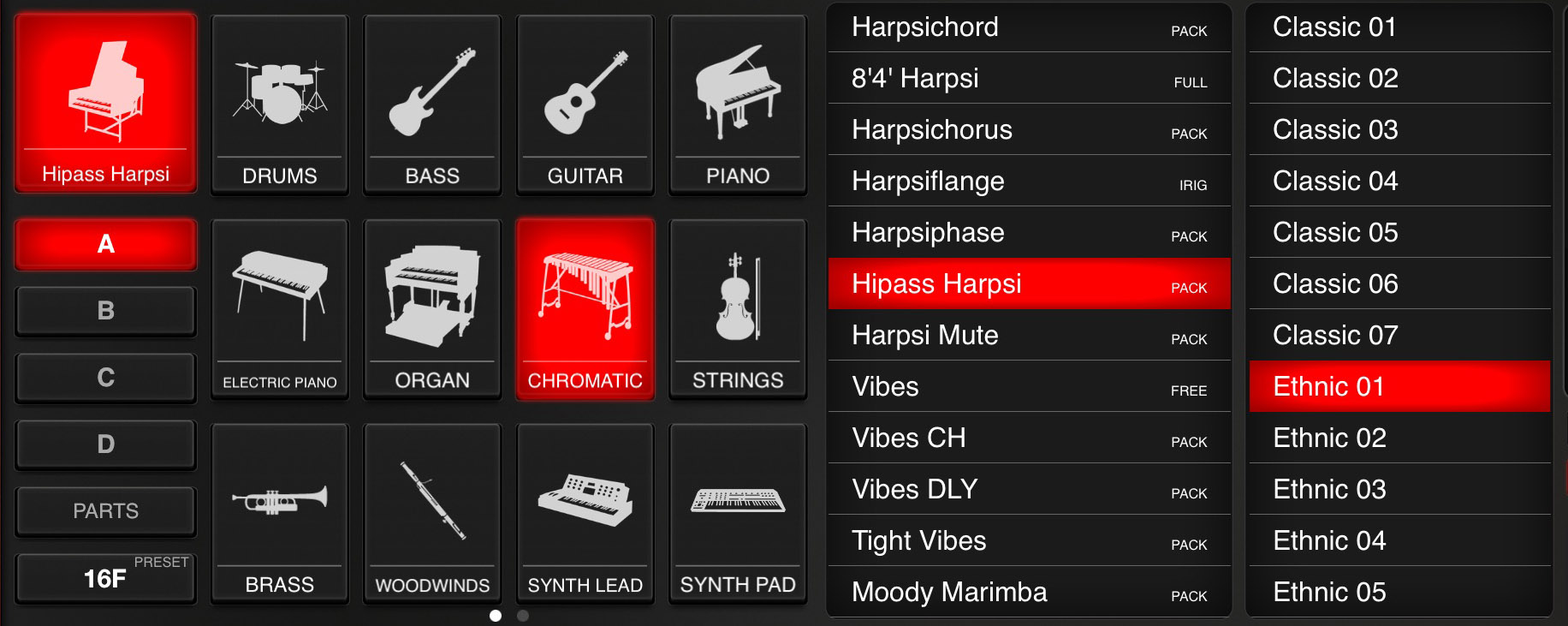Arduino Delphi Serial Communication Arduino Bluetooth
$ begingroup $ Also, a potential twist on this for more generic usages (like in straight up C where you don't have a convenient String class) is that you peek at what's in the buffer to see if you've received a n yet. This way you keep everything in the internal buffer before you make a copy of it. The downfall here is that the internal buffer has to be big enough to let you capture your longest single line. Otherwise, you potentially gain in processing speed as you avoid likes like String (presumably, that is) recomputing and allocating memory to expand itself. $ endgroup $ – Oct 26 '12 at 11:57 •.
We can control it without Bluetooth and through the code, of course, but we are totally stumped now. Chief Delphi. Arduino - Control DC Motor Via Bluetooth: Hi guys, In this project we will control a DC motor with a. Serial communication.  Serial Communication is a protocol in an embedded system for communication between the microcontroller based devices like arduino and raspberry pie to other peripheral devices supporting the serial communication protocol.
Serial Communication is a protocol in an embedded system for communication between the microcontroller based devices like arduino and raspberry pie to other peripheral devices supporting the serial communication protocol.

Your Python script is sending four bytes, M, O, V, and E. How is the Arduino supposed to know that that's a single string?
Consider that the Python code: ser.write('MOVE') is completely identical to ser.write('MO') ser.write('VE') from the Arduino's point of view. Serial ports transfer characters, not strings. In your code, the Arduino is fast (compared to the 9600 baud rate), so every time it calls Serial.available(), it only sees one of those four characters. That's why you got the output you did. What you'll need to do is come up with some way of delimiting strings, i.e. Marking them in some way from Python so that the Arduino can append the individual characters that it receives into your high-level concept of a string. Using lines is straightforward: send every string terminated with a newline character ( ' n').
On the Arduino, read characters and append them to your string. When you see a ' n', the string is over and you can print it. $ begingroup $ Welcome to the stack, sam. We're glad to have you aboard. This isn't like a lot of other forums, in that we try hard to be as clear and detailed as possible, so that every person finding our writing in the future can get the maximum benefit from that knowledge. Did you have the exact same issue?
With those exact components? And that exact code? What conditions in this setup made your code work, and why didn't it work before? The community wants your help, and your insight. $ endgroup $ – May 4 '15 at 4:12.
